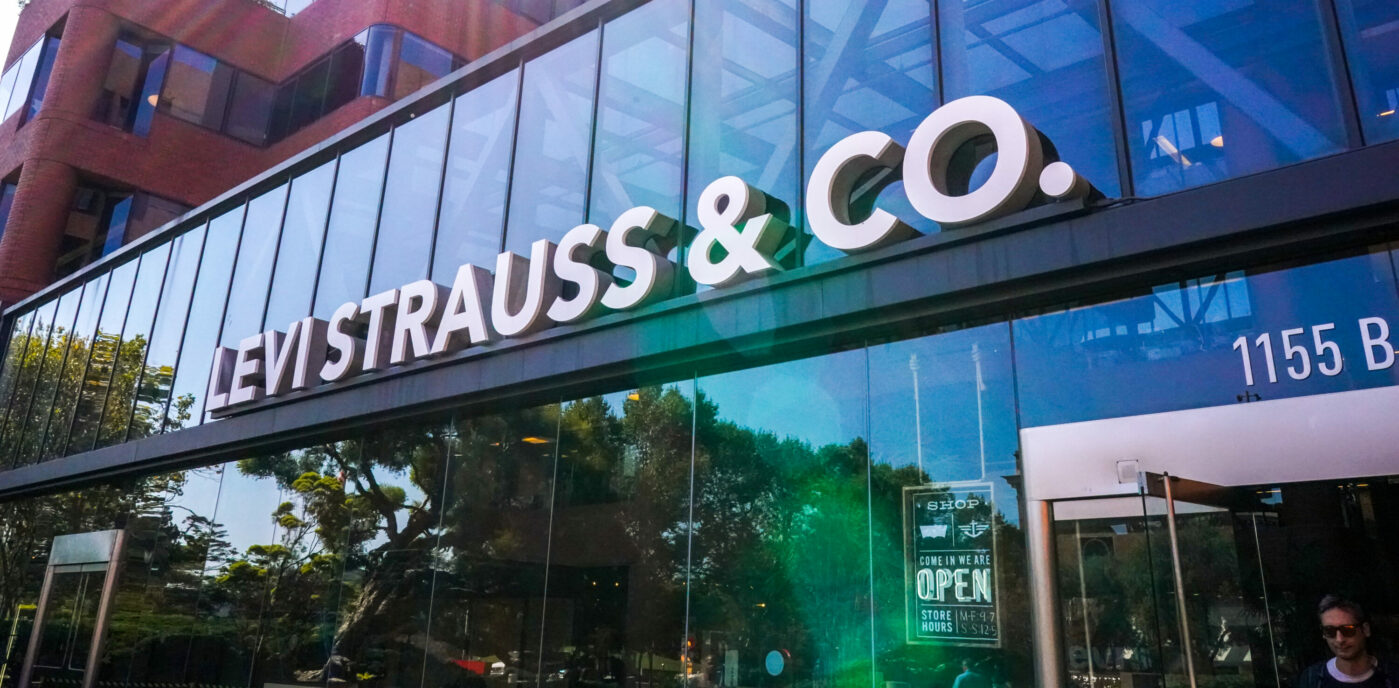Editor’s Note: The following blog post was originally published via the Aspen Institute. Jenny Calvert Rodriguez, along with John Booker, co-leads our Red Tab Foundation which provides education and proactive programs to employees in need to help them maintain their financial health. Check out the most recent Annual Report to read more about their work.
Many people today spend more time at work than they do anywhere else, including home. For the lucky ones, the workplace feels like a community. They feel supported and engaged. Their colleagues are there for each other, especially in hard times. In some instances, this happens organically; more often, companies must actively shape the environment, and the programs, that make it possible.
When Levi Strauss & Co. founded its Red Tab Foundation (RTF) in 1981, it created a living demonstration of our belief in empathy and community, showing that we care about our people in a very real way. Every day we alleviate worry and provide critical aid to coworkers and colleagues who are suffering through unexpected emergencies with cash grants. RTF has been central to who we are ever since. When the Aspen Institute and Commonwealth told us they were studying the impact of employee hardship funds, we were eager to participate and learn if their research mirrored the benefits we’ve seen and felt through our work over the past three decades. Happily, it did. What’s more, the resulting report provided a common set of best practices other companies can use to set up similar programming.
Our chief objectives have always been showing empathy and establishing a meaningful human connection. Yes, in practice, we deliver emergency cash grants that allow current or retired employees to keep the lights on and a roof over their head in hard times. But it’s just as important to us that members of our community feel seen and looked after. That’s why our case management team gives every application individualized consideration, and why we always strive to understand the whole picture surrounding someone’s financial emergency.
Certainly, there are challenges to administering this high-touch, personalized program at a global company with a large, geographically and culturally diverse employee base. Even when grants amounts are small – enough to pay a heating bill or get a car repaired – they require a lot of people hours to deliver. But we seek to operate with patience and consideration, to keep sight of the fact that it can be hard to ask for help, to walk applicants through the entire process, and to never lose the human touch.
Employer-related hardship funds occupy a truly unique space: We have access to the resources of our large companies and the ear of critical decision-makers, but our primary mission is to serve the well-being of our people. Through our work, we have the closest and most compelling view of how our employee populations are doing. We therefore have the ability – even the responsibility – to share what we see and hear with those decision makers and to try to influence the relationship between employers and workers in a positive way.
We hear a lot these days about the changing role of business in society, that there is now an expectation that corporations do what governments or charitable organizations can’t or won’t. But employers are only starting to grasp the opportunities that they have to positively influence the well-being of their people.
In its research and report, The Aspen Institute and Commonwealth concludes that hardship funds are an effective but underutilized tool in the effort to protect human dignity and basic needs. This is a very important statement. And among the many things it offers, this research provides a common starting point that companies can use to establish and optimize hardship funds – both to serve their own people and to drive collective impact.
And for those who are new to the concept, we hope this paper is the beginning of a larger conversation about how we can extend this “invisible” safety net to more workers across the US and the world — for the good of us all.







